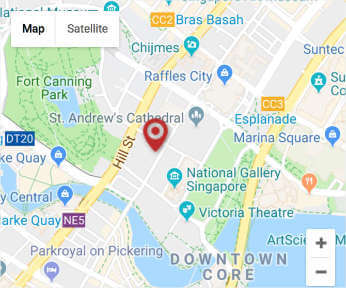
The previous accounting model of leases require lessees and lessor to classify their leases as either finance leases or operating leases and to account for these leases differently.
FRS 116 eliminates the current dual accounting model for lessees, which distinguishes between on-balance sheet finance leases and off-balance sheet operating leases. Instead, there is a single, on-balance sheet accounting model that is similar to current finance lease accounting.
Under the new approach, FRS 116 requires the lessee to recognize the assets and liabilities for the rights and obligations created by leases (with limited expectation). A lessee needs to recognize assets and liabilities for all leases that are more than 12 months, unless the underlying assets is of low value. A lessee requires to recognize a right of use asset representing its right to use the underlying leased assets and a lease liability representing its obligation to make lease payment.
For lessees, the lease becomes an on-balance sheet liability that attracts interest, together with a new asset on the other side of the balance sheet. In other words, lessees will appear to become more asset-rich but also more heavily indebted. The lessee needs to recognise the depreciation for the right of use asset and interest on the lease liability and also classify cash repayments of the lease liability into a principal portion and an interest portion.
Assets and liabilities arising from a lease are initially measured on a present value basis. The measurement includes non-cancellable lease payments and also include payments to be made in optional periods if the lessee is certain to exercise the option to extend the lease.
All companies will need to assess the extent of the standard’s impacts so that they can address the wider business implications – and can expect analysts to take a close interest. Areas of focus may include:
- The effect of the standard on financial results;
- The costs of implementation; and
- Any proposed changes to business practices.
However, lessor accounting remains similar to current practice – i.e. lessors continue to classify leases as finance and operating leases.
Example
Assume a 10 year lease
Yearly rental is $50,000
Option to renew lease is another 5 years after the 10 year period is completed, renewal lease rental is increased to $55,000 per year.
At the beginning of the lease, there were direct costs $20,000 paid as follows – $15,000 to the previous tenant, $5,000 commission paid which was then reimbursed by the lessor (landlord).
Accounting Entries
Assume a borrowing rate of 5%
Entry 1 – recording the asset and the liability
Credit: Cash = $50,000
Credit: Lease liability = $355,391**
Debit: Right of use (asset) = $405,391
**($50,000 x 9, then PV using discounted rate of 5%)
Entry 2 – payment of the direct costs of $20,000
Debit: Right of use (asset) = $20,000
Credit: Cash = $20,000
Entry 3 – reimbursement of commission from lessor
Debit: Cash = $5,000
Credit: Right of use (asset) = $5,000
In the balance sheet
The asset Right Of Use will be recorded as $420,391, the breakdown is as follows:
| Entry 1 | $405,391 |
| Entry 2 | $20,000 |
| Entry 3 | ($5,000) |
And the liability Lease Liability will be recorded as $355,391.
For more detail of the standards and illustration, please see the attach full version of the FRS 116 standard
Photo by Aditya Chinchure on Unsplash
Our Services
Call us now
Corporate Secretarial /
Accounting / Tax
+65 6334-8791
(8.30am-5.30pm, Mon-Fri)
+65 9863-1270
(after office hour)
Fax
+65 6334-8075
Email
[email protected]
Address
1 Coleman Street
#05-05 The Adelphi
Singapore 179803

